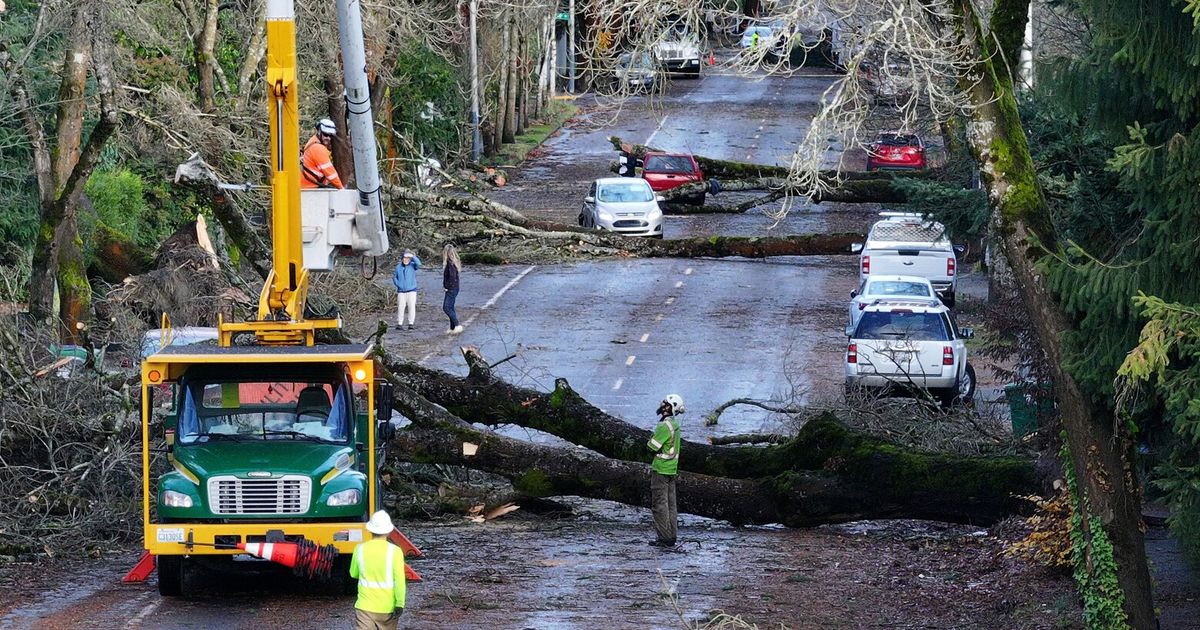
Multiple fatalities reported in Florida from tornadoes spawned by Hurricane Milton
Posted on 10/10/2024

Multiple fatalities were reported in parts of Florida Wednesday as Hurricane Milton spawned tornadoes that tore through the state.
The St. Lucie County sheriff confirmed there are "multiple fatalities" in the county after a tornado outbreak, NBC affiliate WPTV reported.
Sheriff Keith Pearson confirmed multiple people were killed at the Spanish Lakes Country Club, a senior community near Fort Pierce, the station reported.
It's unclear how many people have died.
Jim Barnes, the town manager of Wellington, told NBC News the area had "probably about 10 injuries but there were no reported fatalities in the area.
There were many reports of structure damage, ranging from a few roof tiles loose to completely obliterated buildings, which Barnes saw himself. Large trees were uprooted, cars were flipped upside down against houses. Some homes are completely uninhabitable.
Three Florida offices of the National Weather Service in Miami, Tampa and Melbourne had issued more than 130 tornado warnings associated with Hurricane Milton by Wednesday evening.
One twister touched down Wednesday morning in the lightly populated Everglades and crossed Interstate 75 in Broward. Another apparent tornado touched down in Fort Myers, snapping tree limbs and tearing a gas station's canopy to shreds.
Videos posted to Reddit and other social media sites showed large funnel clouds over neighborhoods in Palm Beach County and elsewhere in the state.
Luke Culver, a meteorologist with the National Weather Service in Miami, said he wasn’t sure whether Milton had spawned a record number of tornados, but he pointed out that only 64 Florida tornado warnings were associated with Hurricane Ian, which hit the Tampa Bay area as a massive storm in 2022.
Tornadoes produced by hurricanes and tropical storms most often occur in the right-front quadrant of the storm, but sometimes they can also take place near the storm’s eyewall, according to the National Oceanic and Atmospheric Administration.
The heat and humidity present in the atmosphere during such storms and changes in wind direction or speed with height, known as wind shear, contribute to their likelihood.
The St. Lucie County sheriff confirmed there are "multiple fatalities" in the county after a tornado outbreak, NBC affiliate WPTV reported.
Sheriff Keith Pearson confirmed multiple people were killed at the Spanish Lakes Country Club, a senior community near Fort Pierce, the station reported.
It's unclear how many people have died.
Jim Barnes, the town manager of Wellington, told NBC News the area had "probably about 10 injuries but there were no reported fatalities in the area.
There were many reports of structure damage, ranging from a few roof tiles loose to completely obliterated buildings, which Barnes saw himself. Large trees were uprooted, cars were flipped upside down against houses. Some homes are completely uninhabitable.
Three Florida offices of the National Weather Service in Miami, Tampa and Melbourne had issued more than 130 tornado warnings associated with Hurricane Milton by Wednesday evening.
One twister touched down Wednesday morning in the lightly populated Everglades and crossed Interstate 75 in Broward. Another apparent tornado touched down in Fort Myers, snapping tree limbs and tearing a gas station's canopy to shreds.
Videos posted to Reddit and other social media sites showed large funnel clouds over neighborhoods in Palm Beach County and elsewhere in the state.
Luke Culver, a meteorologist with the National Weather Service in Miami, said he wasn’t sure whether Milton had spawned a record number of tornados, but he pointed out that only 64 Florida tornado warnings were associated with Hurricane Ian, which hit the Tampa Bay area as a massive storm in 2022.
Tornadoes produced by hurricanes and tropical storms most often occur in the right-front quadrant of the storm, but sometimes they can also take place near the storm’s eyewall, according to the National Oceanic and Atmospheric Administration.
The heat and humidity present in the atmosphere during such storms and changes in wind direction or speed with height, known as wind shear, contribute to their likelihood.
Comments( 0 )
0 0 0
0 0 2






















